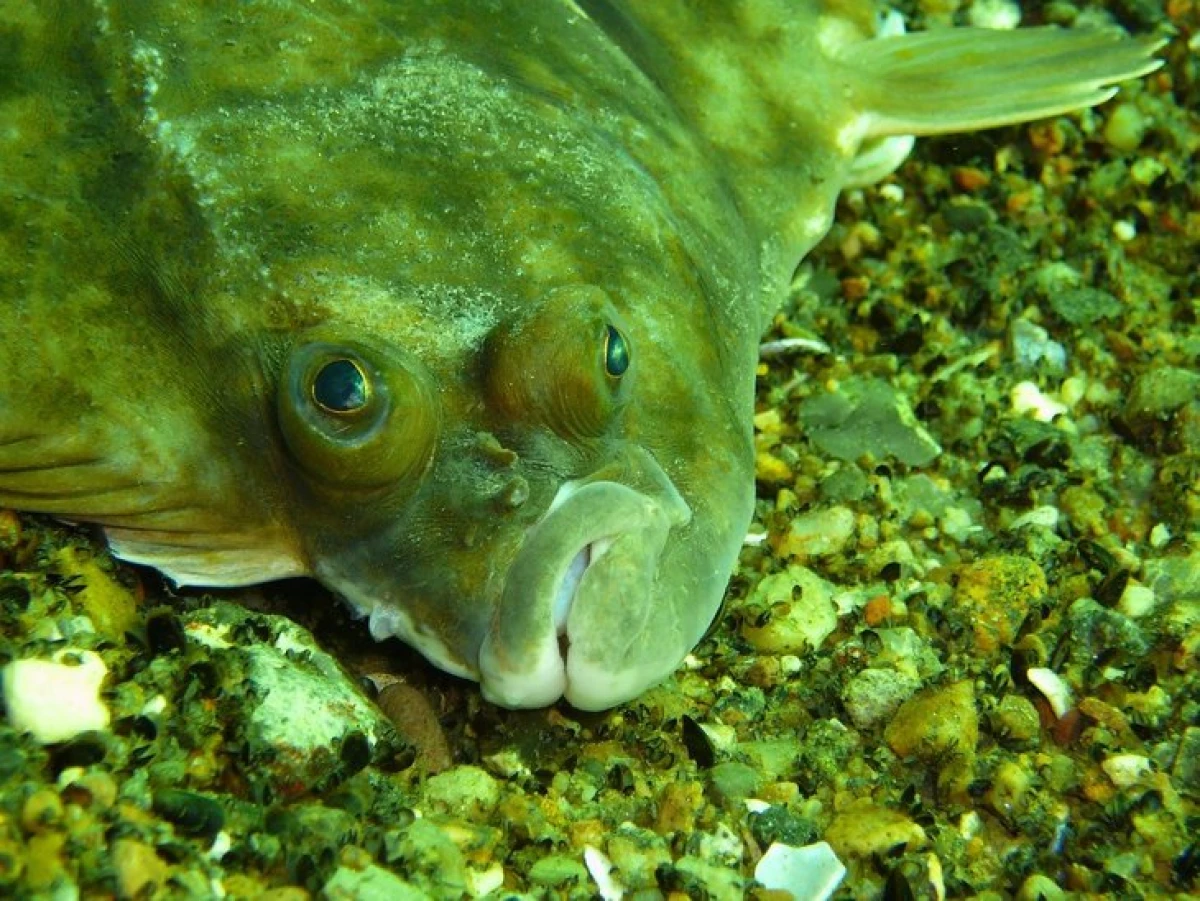
The research team led by scientists from the center of Science Nishin (Riken Nishina Center for Accelerator-Based Science (RNC)), successfully created larger than usual zooplankton strains, which are used in fish nurseries by creating mutations with a beam of heavy ions. New zooplankton strains will help increase survival and optimizing the growth of fishes in aquaculture.
Economically important types of fish, such as the blue tuna, the Japanese lackedder (yardstorm), flounder and ferruges, feeding alive baits until they become large enough to consume artificial feed.
Provovers, view of the animal plankton, are usually used as the source live feed. However, as it grows, the fish requires an increasingly abundant feed base, but too small proofrs are not able to ensure it, which leads to anomalies of fish growth and even to cannibalism.
"We decided to create a large variety of flaws using our experience and knowledge to facilitate the stabilization of revenues from aquaculture," says Tomoko Abe from Riken RNC, research leader.
In collaboration with the Japanese agency of research and education in the field of fisheries and the University of Nagasaki, a group of scientists began to experiment with the help of a method known as irradiation with a bunch of heavy ions when the cells are exposed to a beam of heavy atomic nuclei, causing mutations much more efficiently than natural processes.
Adjusting the type of ion and dose, irradiation is used to induce random mutations in the genome, and you can choose strains with the desired phenotypes. Scientists have already managed to obtain previously highly efficient mutant oil producing microalgae, high-yielding rice and commercial sake yeast in the same way.
The researchers have irradiated proliferation of corporates with beams of argon and carbon ions. Then chose the largest individuals and grown plankton for several generations to create a line of large mutants.
The dedicated provisses were about 1.2 times more than others, and became ideal for feeding with juveniles.
Photo: Riken RNC.
It was also possible to find fast-growing mutants of the proven.
"In general, large mutants grow slower than ordinary provitratchka, but we were lucky to find a line that grows not only larger, but also developing faster," said Abe.
Food shortage due to population growth is a serious global problem, and countries around the world are looking for ways to increase food production.
In particular, for Japan, like an island state, aquaculture looks potentially an attractive way to improve food safety. And enlarged proofrs obtained in this study can provide a stable supply of live feed at low prices.
(Source: www.eurekalert.org).
